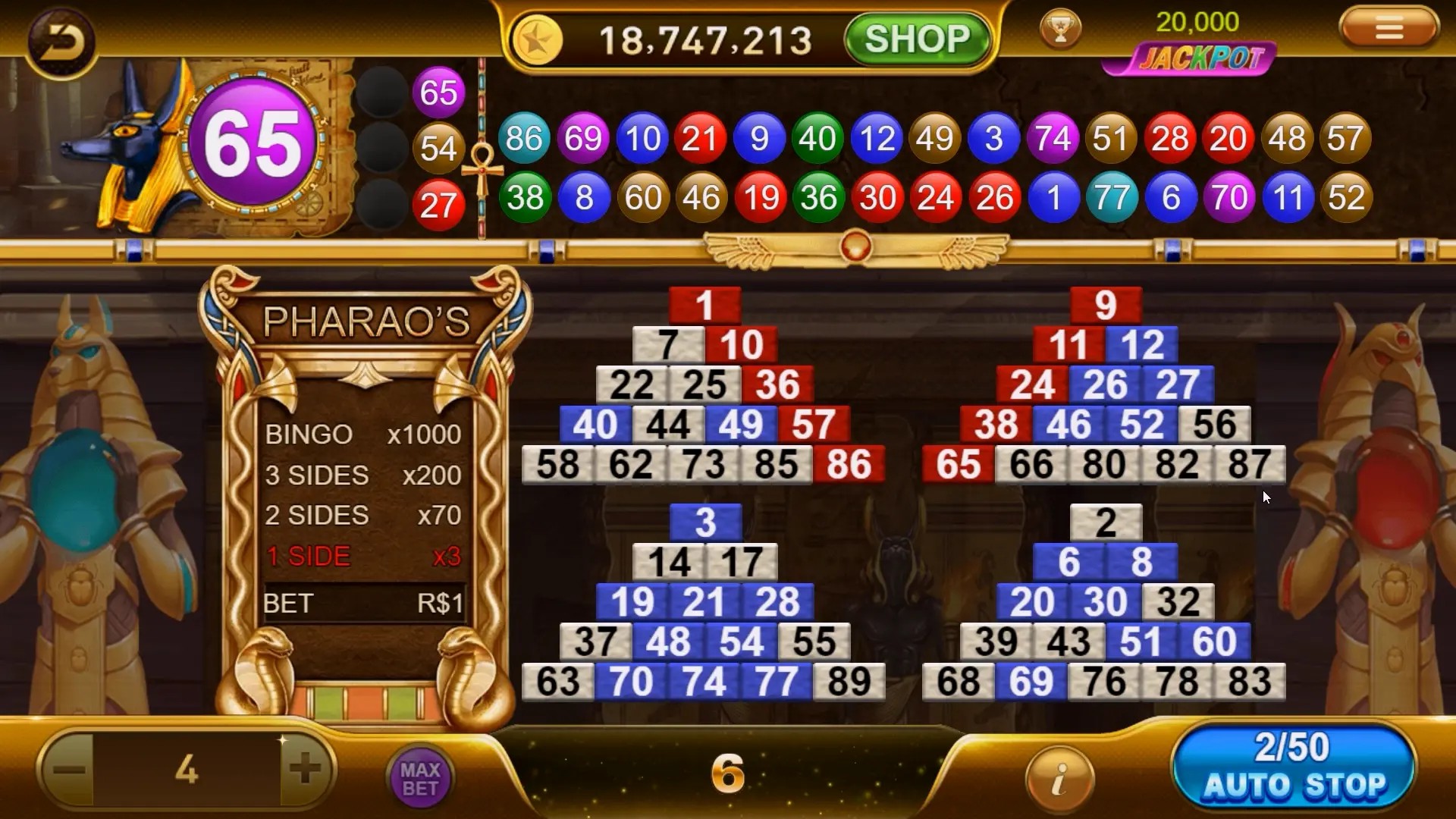Why Casual Games Are Reshaping the Future of Gaming
In the ever-evolving world of video games, casual games have emerged as the undeniable champions of today’s gaming landscape. What began as simple puzzle games and social applications are now paving the way for an expansive, inclusive future in gaming. The rise of casual games is not just softening the hardcore edge traditional games possessed but also creating new avenues for players, developers, and publishers alike.
What Are Casual Games?
Casual games are designed to appeal to a large audience with minimal barriers to entry. These games allow players to engage at their own pace, without the intense time commitment typically required by traditional video games. Some characteristics of casual games include:
- Easy to learn but difficult to master
- User-friendly controls
- Short gameplay sessions
- Accessible on various platforms (mobile, tablet, console)
The Growth of the Casual Gaming Market
The casual gaming market has skyrocketed in recent years, with billions of dollars in revenue generated annually. With the advent of smartphones and tablets, players can access games anytime, anywhere. Here's a brief overview of the growth statistics:
| Year | Revenue (in billions) | Players (in millions) |
|---|---|---|
| 2020 | $68.5 | 250 |
| 2021 | $80.89 | 300 |
| 2022 | $95.4 | 350 |
Why Are Casual Games So Popular?
Several factors contribute to the popularity of casual games:
- Accessibility: Casual games can be played on devices that are in almost everyone's pocket.
- Social Connection: Many casual games include social features that allow for interaction with friends and family.
- Diverse Range: From puzzle games to word games to simulation games, the variety keeps players engaged.
- Affordability: Most casual games are free or low-cost, making them accessible for everyone.
Impact of Casual Games on Traditional Gaming
Casual games are reshaping the gaming landscape in profound ways. Traditional game developers are often compelled to adapt and innovate to capture the attention of casual gamers. This has led to:
- The introduction of microtransactions in major titles.
- The emergence of new genres that blend casual and hardcore elements.
- Greater emphasis on player retention and engagement.
Competitive Casual Gaming: EA Sports FC 25 Leagues
Even competitive gaming isn’t untouched by the casual wave. EA Sports FC 25 leagues have adopted a more casual-friendly approach, inviting players of all skill levels to participate. This inclusivity broadens player engagement and potentially increases viewership, making these platforms more lucrative.
Future Trends in Casual Gaming
As casual games dominate the market, several trends are becoming apparent. Players should keep an eye on:
- The rise of augmented and virtual reality in casual gaming.
- Integration of artificial intelligence to personalize gaming experiences.
- Increased collaborations between indie developers and major gaming franchises.
Conclusion
In summary, casual games are not just a passing trend; they are fundamentally reshaping the gaming industry’s landscape. With their accessibility and innovative design, they continue to attract a diverse range of players and alter the industry's dynamics. As we look to the future, it’s clear that casual gaming will play a pivotal role, not only in engaging current gamers but also in welcoming new ones into the fold. The world of gaming is expanding, and casual games are leading the charge toward a more inclusive, engaging future.



